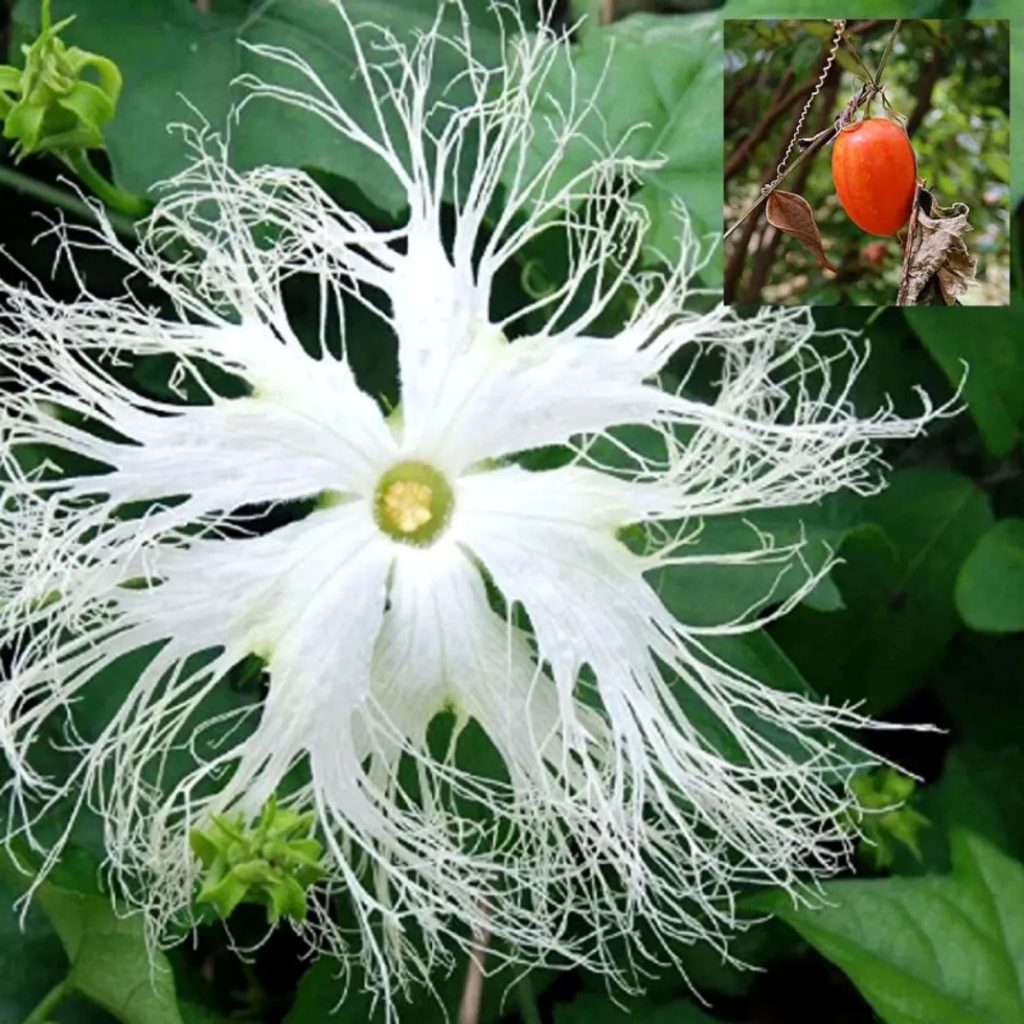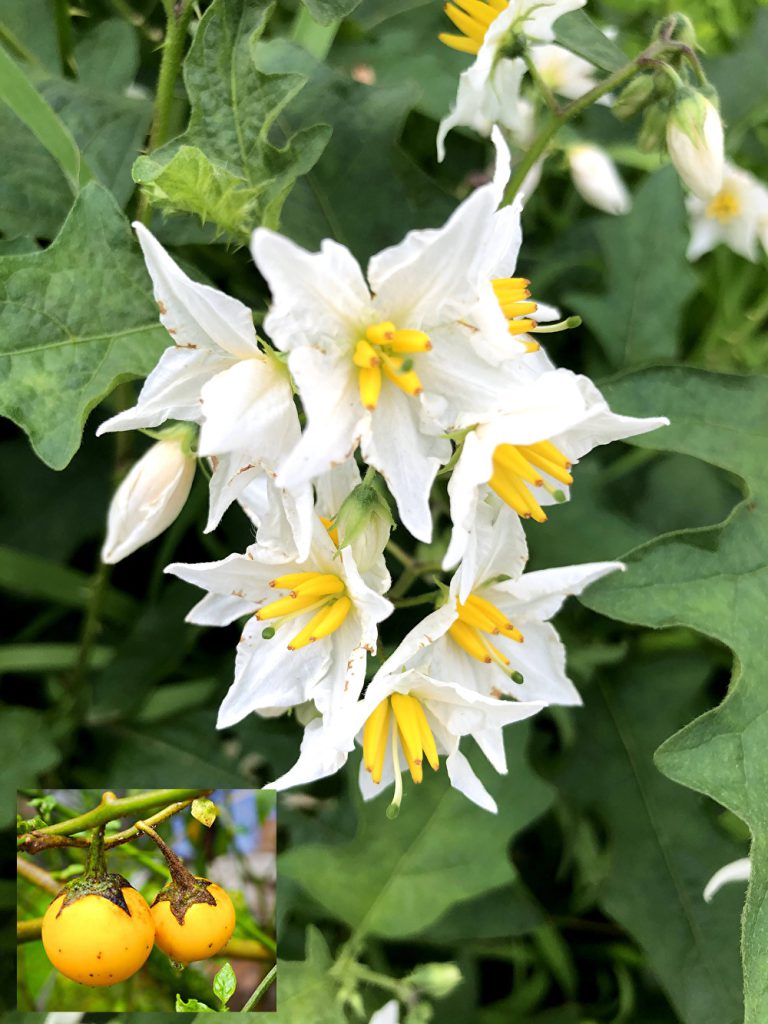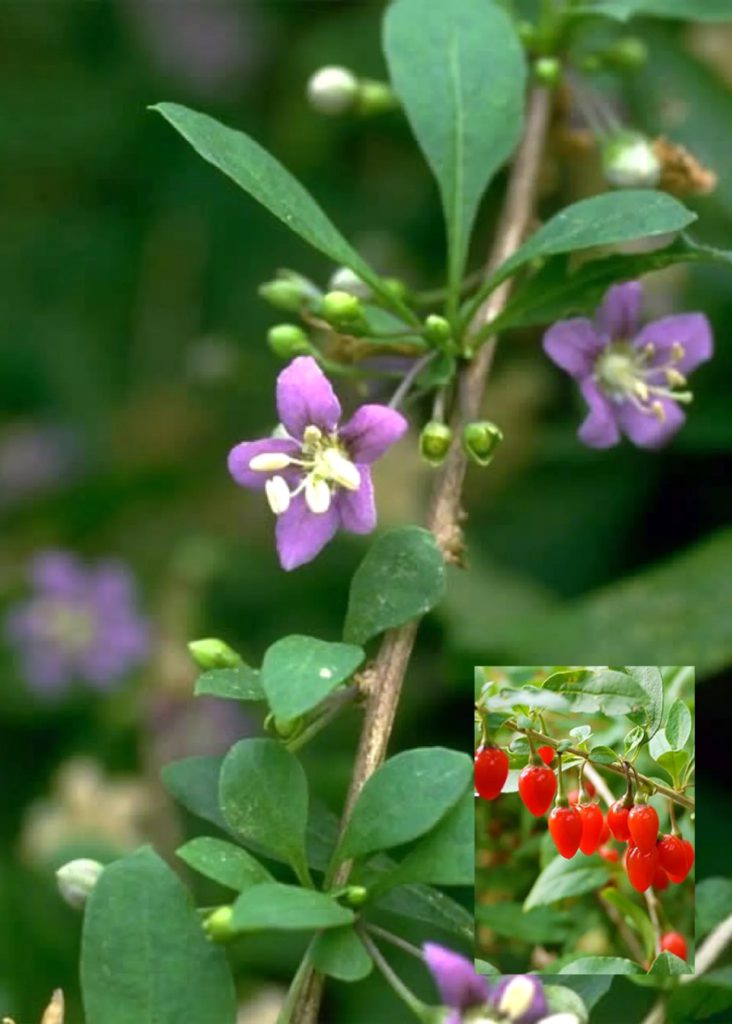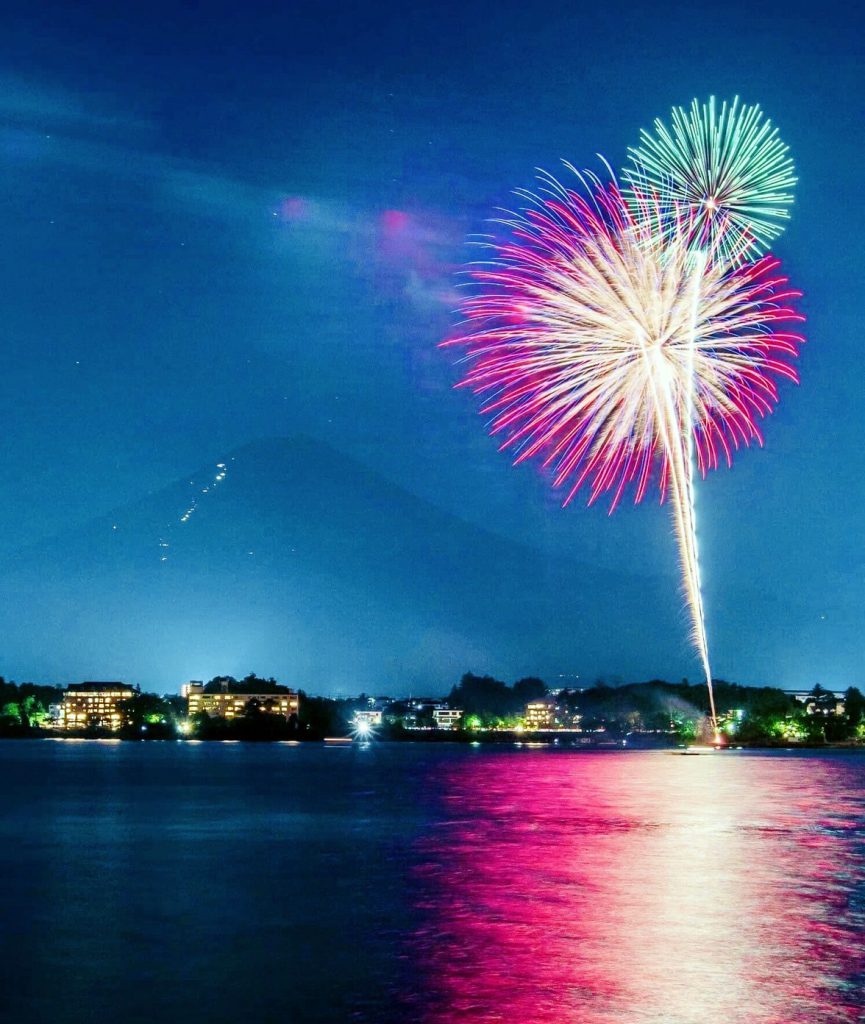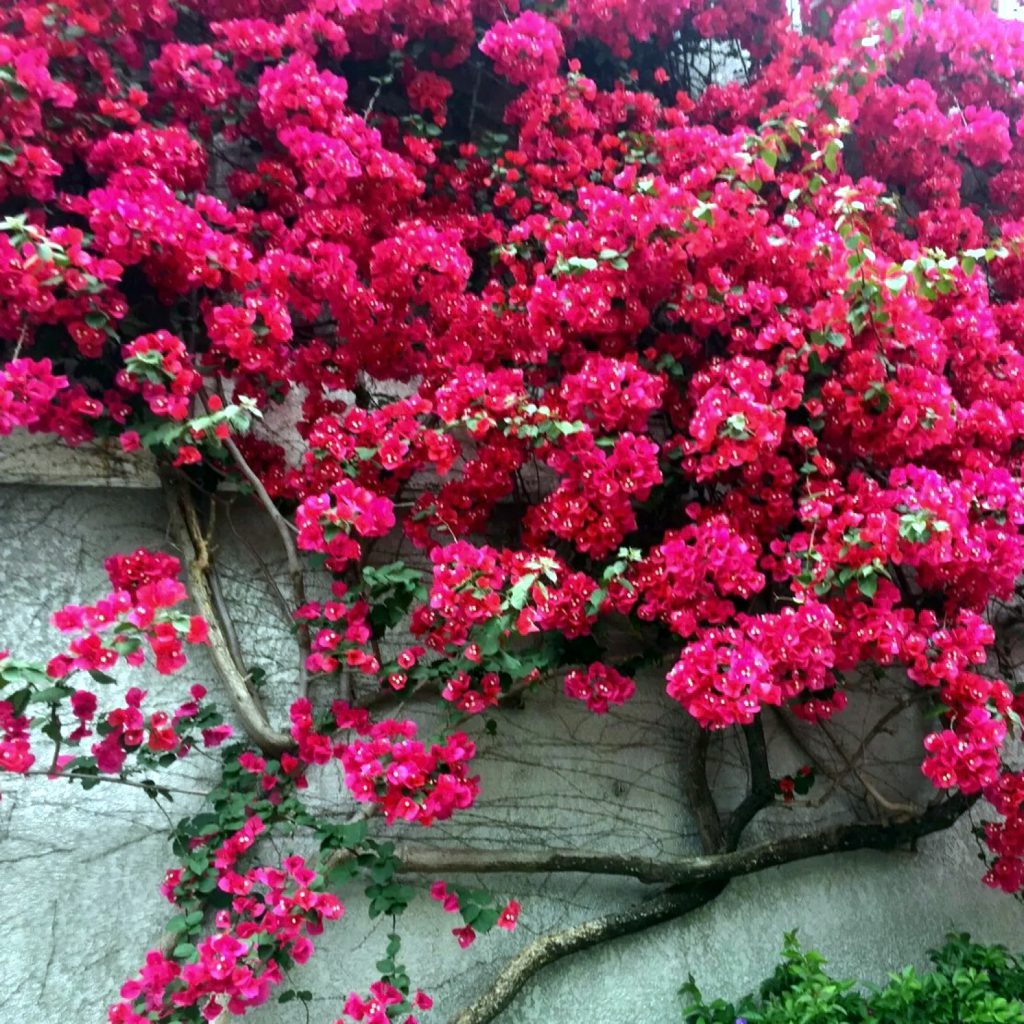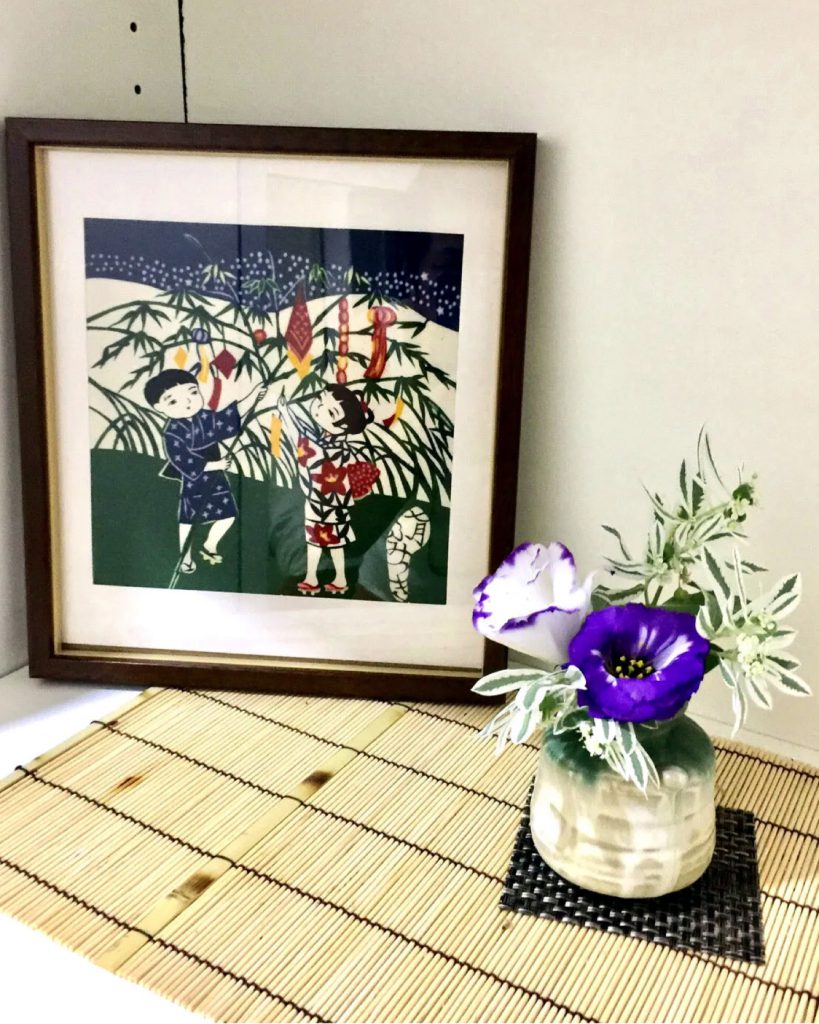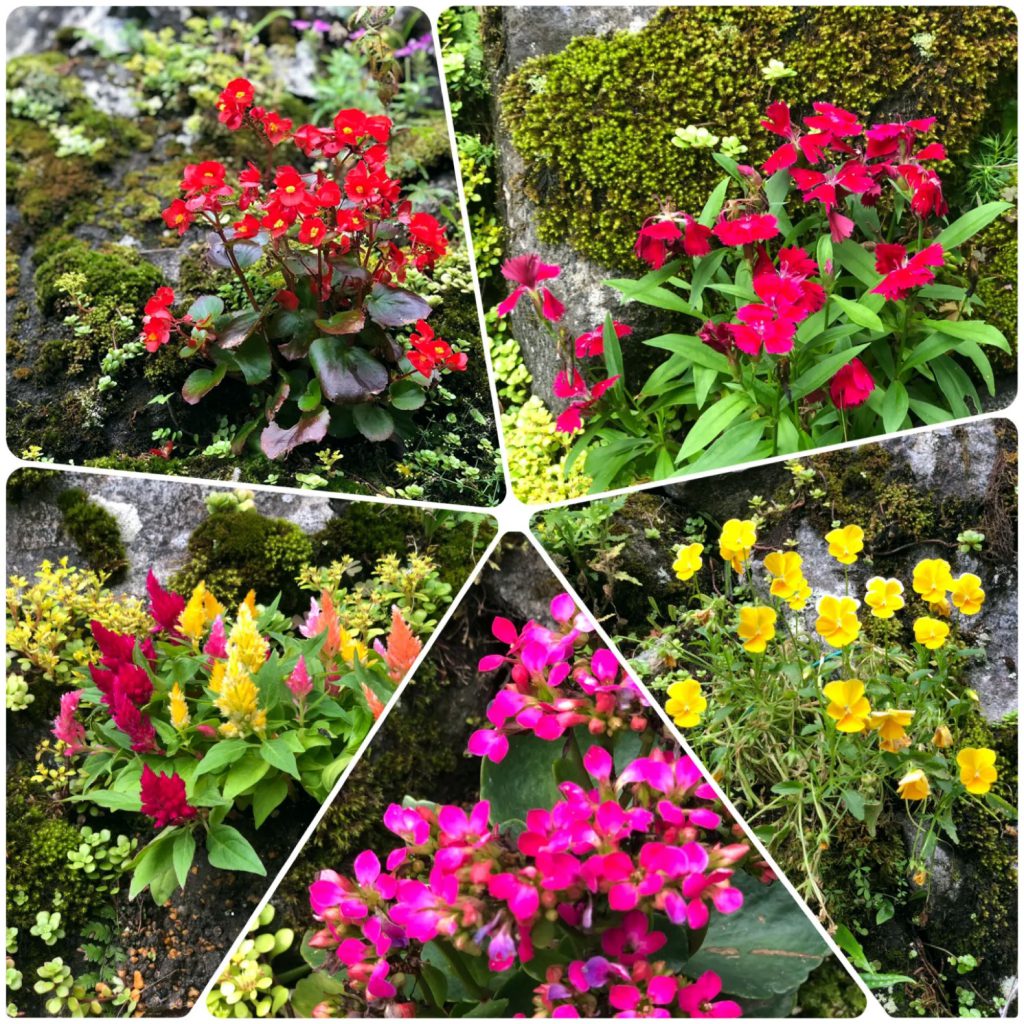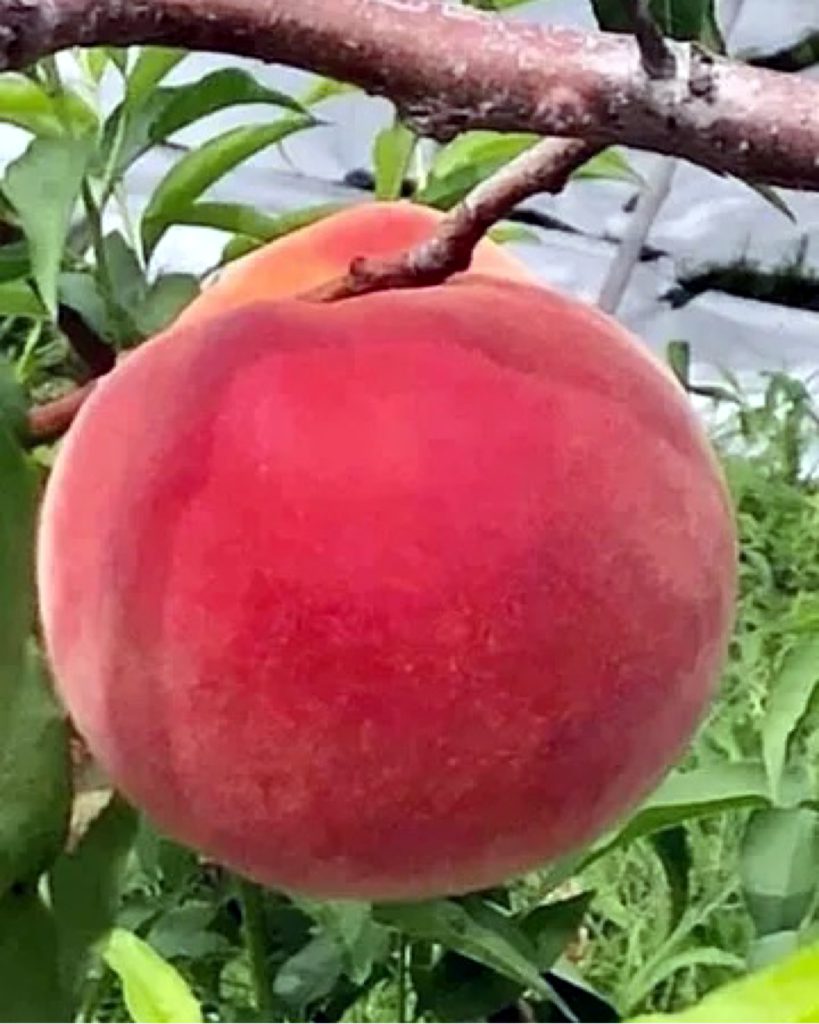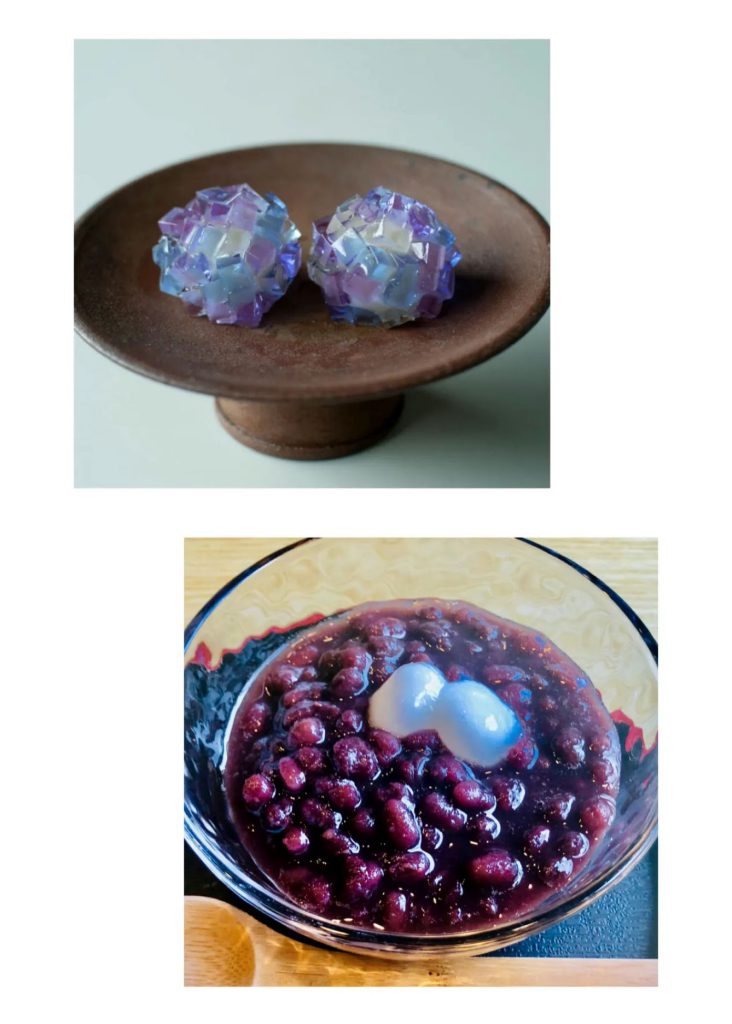
For the past few days, the temperature has dropped below 30 degrees Celsius, and the days have been relatively refreshing. The teahouse that I dropped in for a while also opened the glass door, and the bamboo blinds were swaying in the wind. Only continuous chorus of cicadas makes us feel the arrival of midsummer. It’s a teahouse renovated from an old folk house, with two female guests seated at a large single-wood table. They are deliciously eating ice cream with seasonal fruits. The menu that was passed through has pictures of Japanese sweets that look cool. I decided on this. I was asked for a drink and ordered hot tea. Hot tea is just right for sweets that look cool. The cool breeze that occasionally blows through the bamboo blinds makes me forget the heat altogether. The wind chime that I couldn’t hear before is ringing as I remembered.
この二、三日、気温も30°を下回り、比較的爽やかな日が続きました。ちょっと立ち寄った茶店もガラス戸を開け放ち、簾が風に揺れています。蝉時雨だけが真夏の訪れを感じさせます。古民家を改装した茶店で、一木造りの大きなテーブルがあって、二人の女性客が席に着いています。季節の果物を盛ったアイスクリームを美味しそうに食べています。通されたメニューには涼しそうな和菓子の写真が載っています。これに決めました。飲み物はと問われ、熱いお茶を頼みました。見るからに涼しそうな涼菓子に熱いお茶はうってつけです。簾越しに時折吹き込んでくる涼風が、熱さをまったく忘れさせてくれます。今まで聞こえなかった風鈴が思い出したように鳴っています。

